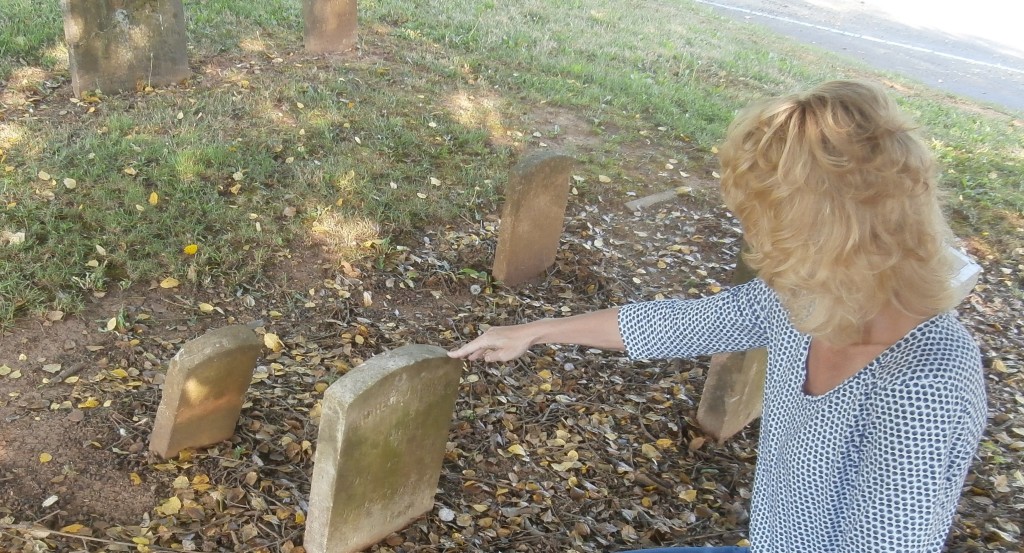 In researching the story behind the Beale Treasure, I can understand why many searchers have explored the local cemeteries in the area of Bedford County, Virginia. One of the three ciphers which has been decoded specifies that the Beale Treasure is ‘buried six feet below the surface.’ This of course is the common depth for a grave.
In researching the story behind the Beale Treasure, I can understand why many searchers have explored the local cemeteries in the area of Bedford County, Virginia. One of the three ciphers which has been decoded specifies that the Beale Treasure is ‘buried six feet below the surface.’ This of course is the common depth for a grave.
While visiting, I myself, wanted to stroll through a few church grounds and graveyards. I hadn’t any intention of doing any digging; I only wanted to see if any clues or possibilities could still be realized.
Of the many locations to consider, the one I most wanted to seek out was on the mountain above where ‘Buford’s Tavern’ once stood. All that is presently left of Buford’s Tavern is a chimney. I was happy to find this tavern’s ruins and the exact location, because another line given in the decoded Beale Paper states the treasure is about four miles from Buford’s. This ‘Buford’s’ mentioned in the code is thought to be referring to the Tavern. A popular place at the time.

On Porter’s Mountain is the Mountain View Church. It sits and looks down over the valley where the Tavern was. It is about 4 miles from Buford’s. Many of the old head stones on the grounds of this church are nameless and lost in time. I wouldn’t say I was looking for anything ‘specific’, but only exploring the potential; Could a treasure be buried under the surface here?
It is certainly remote enough (even moreso in the 1800’s); but to have hidden the treasure, a large hole would have been needed to be dug. The treasure is stated to be 1014 pounds of Gold, 3812 pounds of silver, and then in another deposit made a few years after the first, an additional 1907 pounds of Gold, 1288 pounds of silver, and Jewels were added; In Iron Pots, with Iron Covers, resting on stone, and lined and covered with stones. Although many consider digging a hole for this ‘unlikely’, think about the following circumstance for a moment.
Today’s unknown but believed location of the treasure was not the first place the Beale Party had in mind to conceal the Gold, Silver, and Jewels. Before choosing the final spot, they had considered hiding the treasure in a cave. A place they were all aware of near the tavern. However, this turned out to be unsuitable. It was noticed local farmers were using the cave to store vegetables in and such. For this reason, another location was soon selected. Was this another cave? Many think so. But I certainly wouldn’t choose another cave.
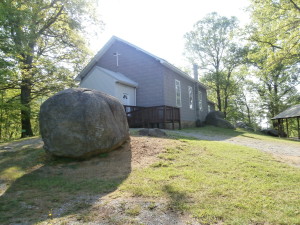
If I, along with others, agreed to hide a treasure in a cave we all thought was ‘secret’ and then went there only to discover it being used by other people, I wouldn’t say, ‘well, let’s go use that other cave.’ From the experience given on the first, I would be extremely cautious in thinking any other cave of the area is unknown and safe enough to hide a valuable treasure in. I assume Beale would have felt the same.
Upon realizing the ‘cave’ idea was not the best decision to conceal treasure in, they had to rethink and ask themselves, ‘where can we hide this so no one will disturb it?’ A Supposed Grave, six feet under the ground, seems like a great place. Maybe the only place to guarantee it would not be found.
The area has been repeatedly explored through the years, and possible locations for the Beale Treasure investigated. Obviously, the treasure remains to be found and so the spot has not given up any of its secrets. There hasn’t been any clue saying, ‘here I am’.
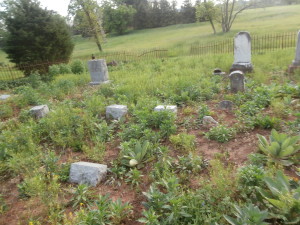
While there, I decided to check out a few other church and graveyard locations. Driving on the many back roads of the county, cemeteries with a few headstones and fenced in area, are seen often. No church. Just a peaceful resting place.
It is possible Beale and party could have chosen any location near Buford’s, and maybe marked it as a grave. If this is true, it seems the treasure may remain a mystery until the final two codes are broken. Because until confirmation of a location is provided, no one should be going and digging up graves.
All and all, however, a nice drive and meanders through beautiful county, exploring and enjoying the landscapes, is a wonderful way to spend an afternoon. I plan to do so again soon. Maybe I will find a X marks the spot.
Best of luck with all that you seek!
Some other Photos of the day:


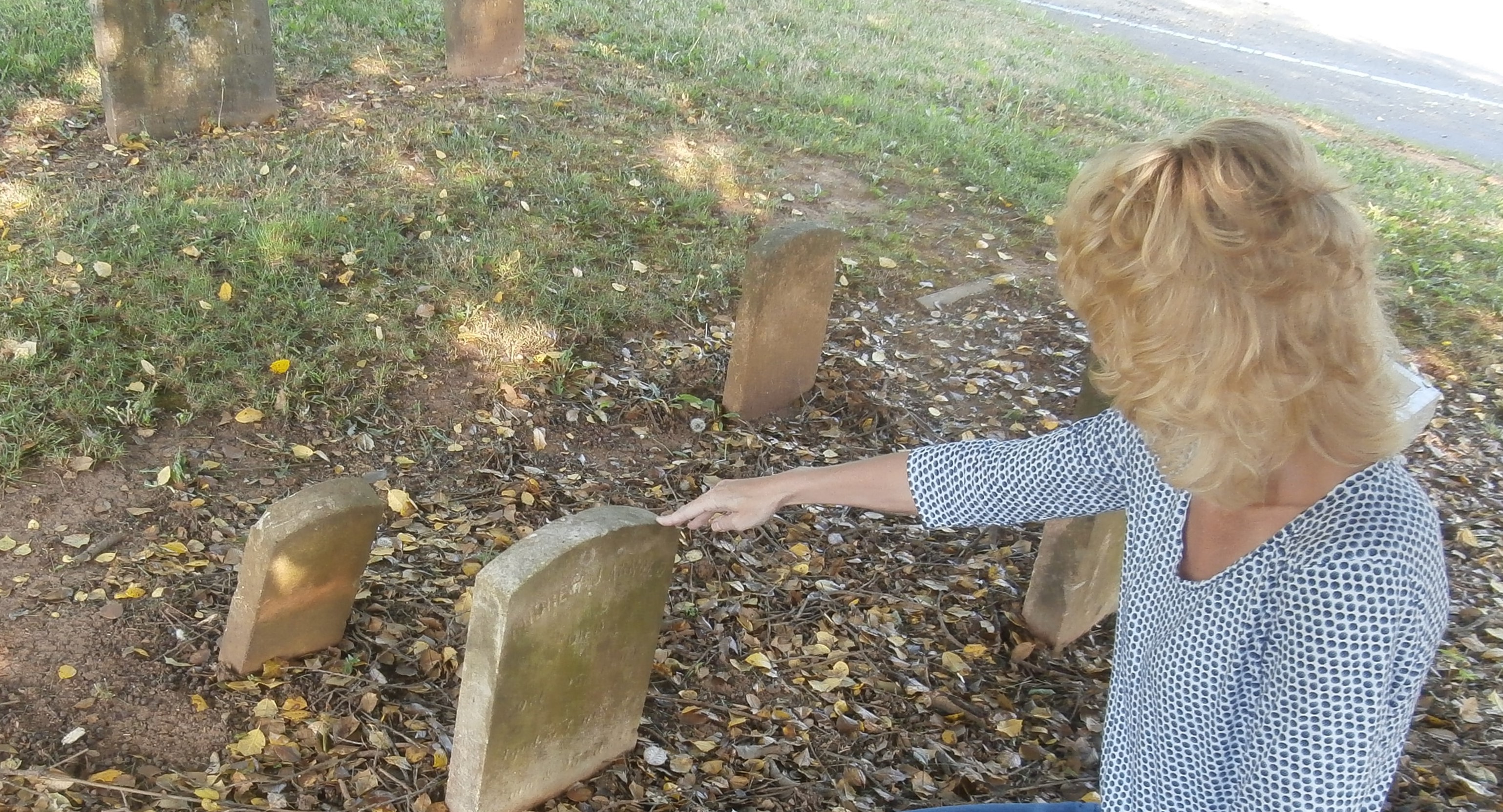

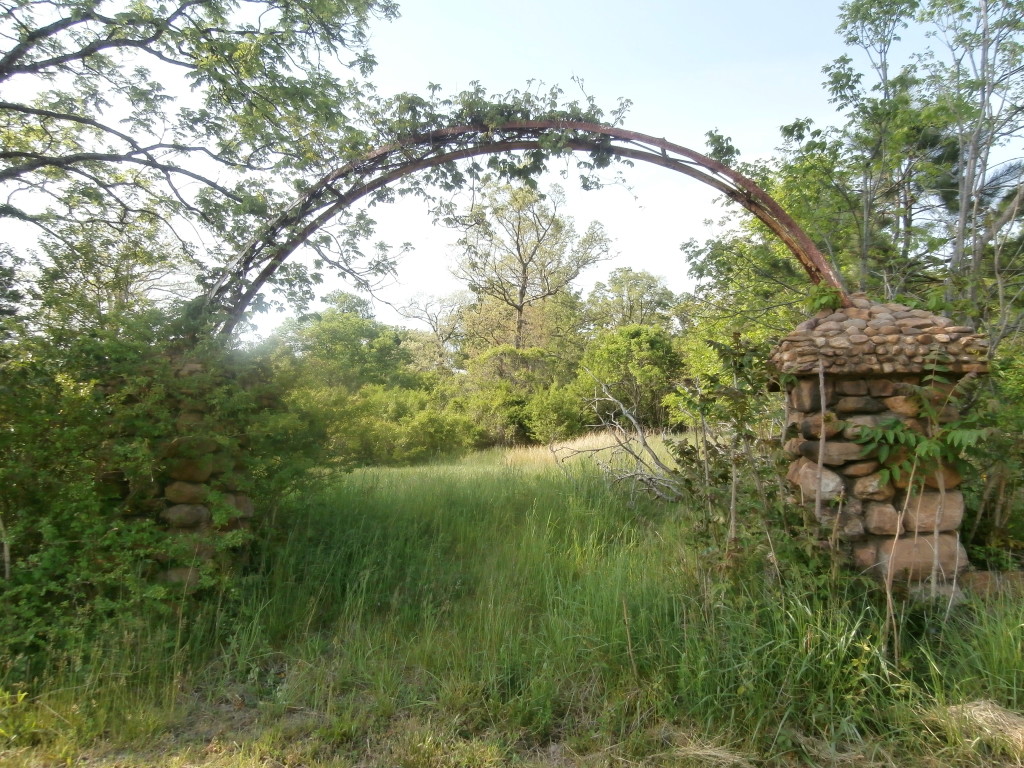
Thanks Jenny for letting us stretch our imaginations. I think you’re right about not hiding it in a cave where they may be used by locals.
I don’t think I would put it in a grave with an unmarked headstone. I would be afraid someone would dig it up to see who was buried there, and also, there may be more than one. I would use a fictional name so the spot could be positively identified.
What a wonderful adventure, Jenny!
However, I think that you are mixing recent and past motives and methods for hiding and locating treasure.
The “six feet below the surface” would make for a decent cryptic clue in a modern hunt, but the Beale party would have had a more functional approach (if they really did exist, if the treasure existed, and if they did indeed bury it). They’d already encrypted the information about the location, so they would not have needed add a further cryptic layer. They’d already given the key to someone they trusted, to allow them to decode the papers and find the treasure if none of the party survived. They had no reason to make this mysterious person’s task any more difficult.
My guess is that “six feet” was just in the consciousness of the author of the papers, *because of* the common depth for a grave, but that it’s not a clue to a grave or graveyard. I think it’s probably not a clue at all – they didn’t need one.
Thanks Don and Helen!
The ‘buried six feet below the surface’ description for where the treasure was hidden was decoded from the 2nd Beale Paper.
Beale Paper 1 is said to give the exact location.
So I agree there shouldn’t be any cryptic clues within the Papers once all of them are decoded. It tells us it is straightforward.
However, because Beale Paper 1 has not been deciphered, then thinking about where ‘buried six feet below the surface’ might lead to, could imply Beale Paper 1’s location is a ‘Grave’. That’s how I would describe the location of a grave without giving out the specific location.
The ‘buried 6 feet’ is one clue to go on—- I don’t think the phrase was given as a ‘puzzle to solve’….but since that is all we have, then it is worth some thought….and sort of is. It is one of the knowns for where the treasure is buried. Where could this be? The author/Beale described it as six feet below…..and so it could be in a grave to my mind.
Decoding Paper 1 will tell all….
that is of course if it isn’t a hoax or just a written tale given for entertainment. 🙂 And it is at least that.
Best of luck with all that you seek….
Hi Jen
What do you call a gravestone with an arrow on it? How about if it had a head on it too?
https://bisonwoman.wordpress.com/2013/03/04/adventures-in-geocaching-it-was-a-cold-snowy-day/
If you do a lot of detecting then this is a good tip! Sometimes a clearing in woods will reveal an old homestead with daffodils grew near. In my youth I used to travel to many areas of interest with pops and look for relics. Reflecting on the past is bittersweet because my family was split up. Thanks again!
https://m.reddit.com/r/metaldetecting/comments/4b6cji/daffodils_in_the_middle_of_nowhere_as_a_sign_that/
I thought this might be of some interest to you!
http://www.rottenworks.com/index.php/2015/02/28/expedition-unknown-beale-ciphers-s01e08
As you will make note, the analyist thinks the paper is a hoax. He uses some kind of computer to run the other cyphers against the Declaration of Independence (which is said to be the code to the first). However, as I watched the episdoe, I noticed something intriguing. The only Cypher that didn’t match up had numbers much larger than page numbers from the declaration which led me to another thought. Or as Forrest has said, contemplate the what ifs. So, what if the friend who received the cypher couldn’t figure out what to do with it and created a “forgery” with the other two cyphers because Beale never returned. So he created something that looked “real” to get more people involved. Since I’m no Sherlock Holmes, I followed my thoughts and found some intriguing things with the numbers. If using the first Cypher and add all the numbers all the way across it comes out to be approximately 1 nautical mile. Now, an official nautical mile was not established in the U.S. until 1866. Or here is a reference……https://en.m.wikipedia.org/wiki/Nautical_mile
Now, following this thought I explored further and counted the total numbers per line and translated that number to a letter of the alphabet interstignly enough the lines worked out to mostly R S P and one Q. So, I used my imagination and thought R for Right, S for South, P for Port Side and Q for Quarter Turn. Now, of course none of that helps if you don’t know where to start. So, maybe you have some insight on how to continue forward with this thought?
/